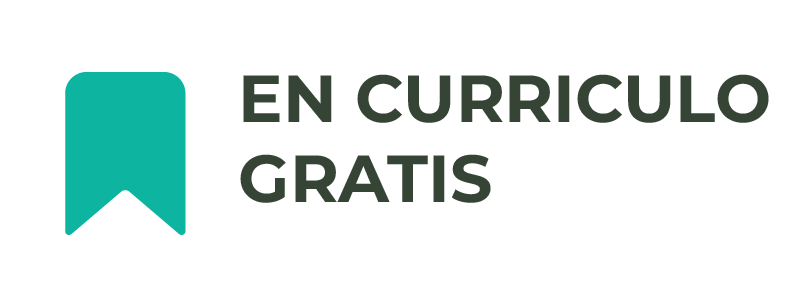Federal vs. Private: Key Differences
Federal loans (Direct Subsidized/Unsubsidized, PLUS) offer income-driven repayment (IDR), deferment/forbearance options, and potential forgiveness programs. Private loans may provide competitive rates for strong credit but lack federal protections and flexible repayment.
Choosing the Right Mix
Max out federal options first. Compare private loans only if you need to close a funding gap and can qualify for a low APR (often with a co-signer). Review variable vs. fixed rates and confirm whether in-school payments are required.
Repayment Strategies
- IDR plans tie payments to your income—useful for early-career borrowers.
- Standard 10-year repayment minimizes total interest if you can afford it.
- Refinancing can lower rates later, but refinancing federal loans into private eliminates federal benefits—choose carefully.
Forgiveness and Relief Paths
Public Service Loan Forgiveness (PSLF) supports qualifying public sector and nonprofit employees after meeting program requirements. Limited-time adjustments and IDR reforms periodically credit past payments—monitor your servicer messages.
Stay Organized
Know your servicer, keep contact info current, and enroll in autopay (often reduces APR slightly). Build a small emergency fund so one unexpected expense doesn’t trigger a missed payment.
Bottom Line
Prioritize federal loans for flexibility, use private loans sparingly, and revisit your plan annually. Smart choices at the start can save thousands over the life of your degree.




